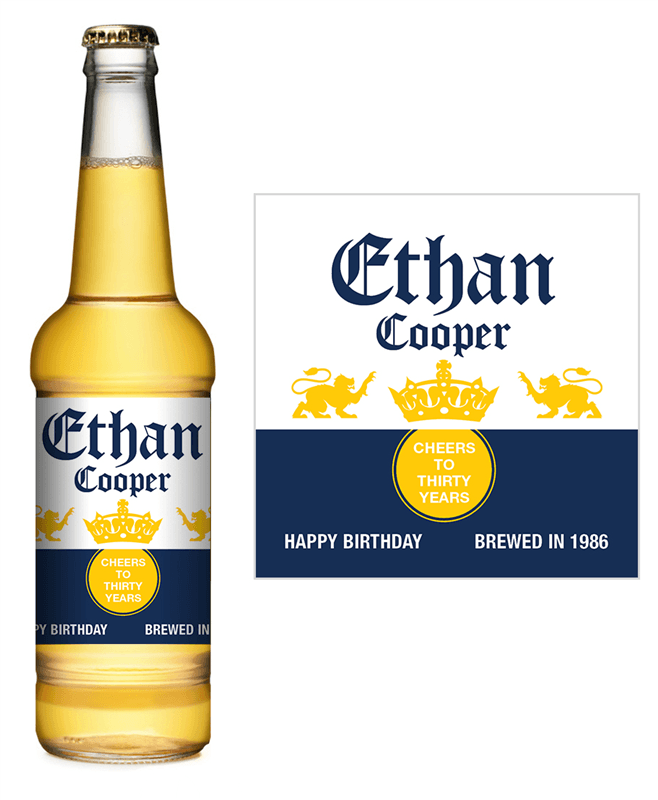
Heraldry can be viewed as an early form of branding. The three kings of arms from England’s College of Arms will wear crowns decorated with acanthus leaves and engraved with the words of Psalm 50, Miserere mei Deus secundum magnam misericordiam tuam – “Have mercy on me, O God.” Scotland’s king of arms from the Court of the Lord Lyon will wear a crown which is a facsimile of the Scottish royal crown. The last queen consort to undergo a coronation was in 1937.įour other crowns will be present during the coronation, worn by the kings of arms – senior officers who regulate heraldry (coats of arms) in the UK and participate in major ceremonial occasions. Queen Camilla will also be crowned with Queen Mary’s crown. But during his exit from Westminster Abbey, he will wear the lighter Imperial State Crown. The king will be crowned with St Edward’s crown by the Archbishop of Canterbury, and he wears this crown once. The coronation of King Charles III will be a veritable festival of crowns, featuring seven crowns in total. Still, they all use a crown as the marque (or emblem) to represent themselves – see Luxembourg and Denmark’s coats of arms.

In time, it will be seen on state documents, military uniforms, passports and post boxes throughout the UK and the 14 realms where he is head of state.įor monarchies, the crown is the quintessential monarchical symbol – something my colleagues and I in the field of corporate marketing research have described as “the crown as a brand”.Īlthough the European monarchies of Belgium, Denmark, The Netherlands, Luxembourg, Norway, Spain, Sweden and the Vatican, are known as “crowned heads of state”, they forswear coronations and eschew the wearing of crowns. King Charles III’s reign is represented by an image of the Tudor Crown, which appears in the king’s royal cypher, coat of arms and the invitations for the coronation. The reign of late Queen Elizabeth II was represented by a stylised image of St Edward’s Crown. The title of the Netflix drama “The Crown” has made this association clear even to international audiences unfamiliar with British constitutional principles. In the UK the crown encompasses both the monarch and the government, namely King Charles III and His Majesty’s government. In the western monarchical tradition, the British monarchy is an exception, with kings and queens undergoing a crowning ceremony. Though images of crowns are often used in royal branding, it is rare for monarchs these days to actually wear crowns. And as the coronation of King Charles III reminds us, the crown is also a superlative brand.

As a symbol, crowns are associated with majesty, authority and sovereignty. London, May 3 (The Conversation) As a fashion statement or piece of art, crowns are distinguished by their beauty, containing rare jewels, precious metals and velvet in deep, rich colours.


 0 kommentar(er)
0 kommentar(er)
